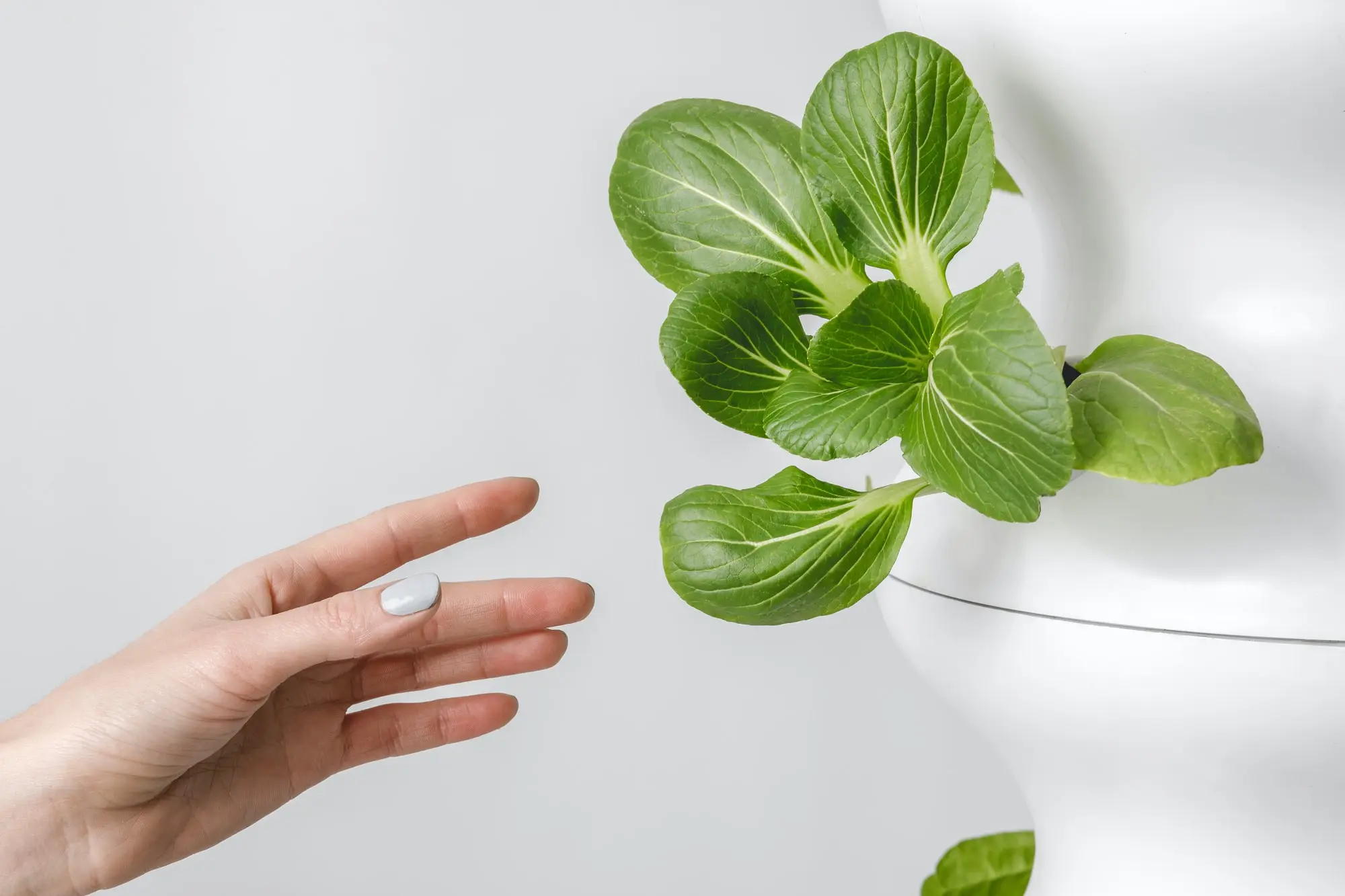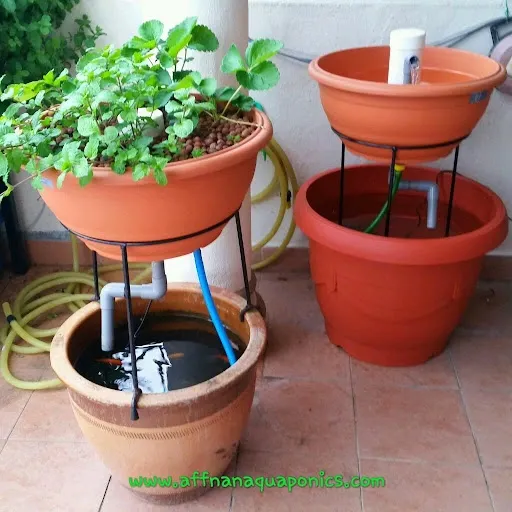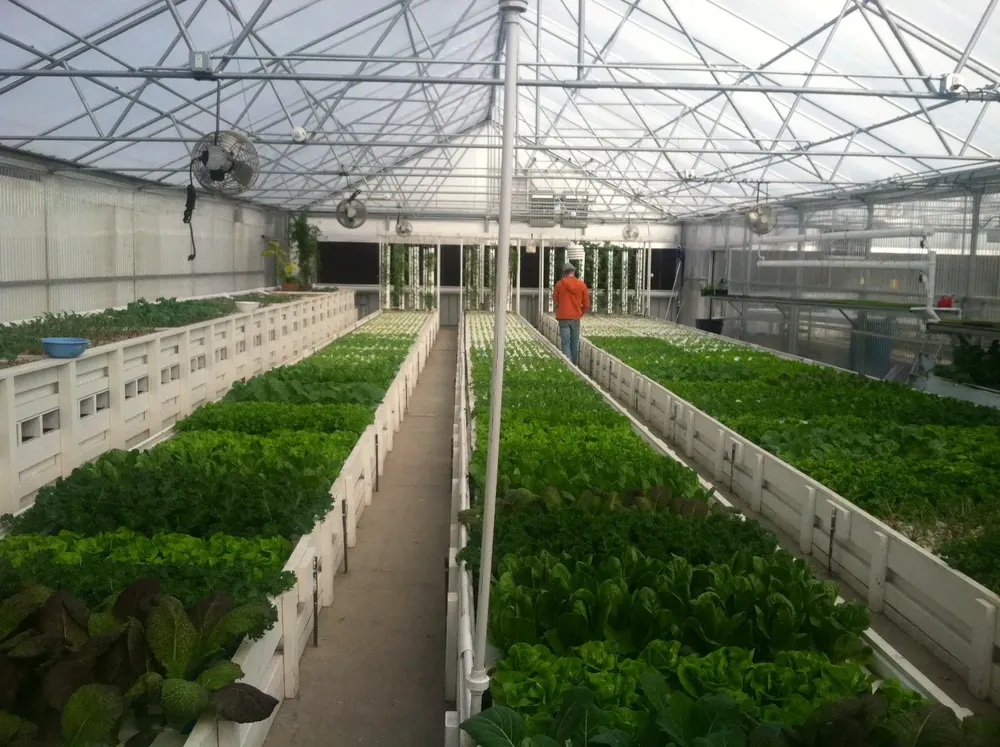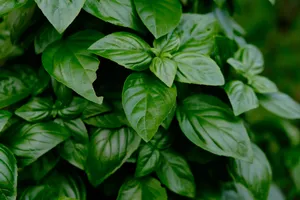DIY Aquaponics at Home
With your own aquaponics system, there is almost nothing standing in the way of self-sufficiency. But especially when dealing with living creatures, there are a few things to consider. You can learn the most important things about the setup and the fish in this article.
Want to keep your Farm Mosquito free? Try this Bug Zapper.**
An aquaponics system for home. This is a desire that has arisen in recent years among many people. And it's not surprising. With your own aquaponics system, you* hold the future of self-sufficiency in your own hands. But what do you have to pay attention to? Which setup is suitable for which environment and, above all, what needs to be done to offer the fish a species-appropriate life? In this article we have summarized the most beautiful, efficient and creative solutions.
Yes, fish. You heard me right. Aquaponics, unlike hydroponics, is about raising fish as well as plants. These two systems just complement each other well. So well, in fact, that this cycle forms a more or less closed system, with little work left for the operators at the end. Unlike a vertical farm, where you have to add the nutrients yourself, here the excretions of the fish regulate the content of these practically by itself. Although you have to make sure that the water quality is right for the fish, you can confidently leave the care and fertilization of the plants to your assistant gardeners, the fish.

This creates an efficient fish farm, which as a by-product can still supply a vegetable patch. At the same time, the vegetable bed serves as a filter and purification system for the water of the pool. The plants live in hydroponics or soil culture and extract the nutrients from the "fertilized" water. Thus, the plants passively recycle the water, leaving more or less clean water for the fish. The cycle is therefore almost closed. Almost because regular control of the water quality is indispensable for the fish.
Thus, aquaponics combines the best parts of the most productive food growing systems, but additionally reduces the amount of land needed for cultivation.
Which setup is suitable for which situation?
Foremost, we should note that the basic structure is always similar. There must be a basin/tank for the fish, as well as a bed of suitable size to plant the plants there. Also, both components must be connected by hoses and powered by pumps. With hydroponics, or plants that grow in hydroponics, there is a wide range of different ways to grow them, whether in water, mist, or soil medium. However, in aquaponics, expanded clay is often used because it conducts water particularly well. For fish, there is less variation in this regard, space alone determines what type of fish or what type of "aquaculture" can be chosen. The hydroponic system for plants, however, can be selected almost freely afterward.
Interest aroused, and you want to get started right away? Click here for our expanded clay recommendation**.
The classic system

Probably the most common setup consists of one or more large tanks for fish and a plant bed of appropriate size. This should ideally be filled with expanded clay, but for salads and herbs are also suitable Styrofoam plates**, which then float in the water. This setup is especially interesting for people who want to master self-sufficiency, and do not have to worry about a lack of space. Granted, such a greenhouse as in the picture is and remains for many probably a dream, but we did not want to deprive you of this beautiful oasis. The great thing about a large greenhouse setup is that the fish in such large tanks can actually be freshwater food fish. In addition, the vegetable bed can be chosen large enough to grow a variety of plants. Such a structure is best suited for a greenhouse, because it allows you to optimize energy efficiency.
Here you will find our recommendation for a greenhouse that fits into any garden**
The Aquarium System

A more beginner-friendly and at the same time more beautiful project could be the aquarium system. This is less about the large yield of food fish, but about the self-sustaining vegetable garden for the living room or balcony.

As the name suggests, the vegetable bed here is coupled to a standard (freshwater) aquarium for home use. Depending on the implementation, the bed can even be integrated as a lid for the aquarium. However, the principle is the same. The fish in the aquarium enrich the water with nutrients, which the plants gratefully accept. Depending on how many plants grow in the bed and the aquarium, can even do without an aquarium filter. In most cases, however, an additional filtration of the water is advisable, since microorganisms and algae often form in the pool due to the aquarium lights. We liked GardenPool's setup one of the best, and created a great guide with their step-by-step instructions.
With this aquarium complete set, you are optimally equipped for your own small aquaponics farm.**
The pretty system

Another really nice system presents Affnan Aquaponics in this article. This very simple system, consisting of two flower pots, is suitable only for growing plants, but it fits on any balcony or in any apartment. Advantage: due to the deep plant bed can even grow strawberries in it.
Here you can find our recommendation for the top flower pot**
The promising system

For us, the absolute winner when it comes to developing an aquaponic system with an eye to the future. OffGrid World came up with this exciting project in combination with a shipping container. While it is still a prototype, we particularly liked the fact that this setup can give old shipping containers a second life. These containers can hold up to ten plant beds, but theoretically more containers can be stacked on top of each other. The roof of the containers could also be fitted with solar modules to optimize energy efficiency. The basin for the fish forms here a stand pool for the garden.
Here you will find our recommendation for the stand pool**
** The links to sources of supply are affiliate links: If you buy through them, you are actively supporting gustar.io, as we will then receive a small portion of the sales proceeds. Thank you very much! :-)
Sources:
15 DIY aquaponic plans you can actually build. Trees.com. (2022, February 10). Retrieved April 26, 2022, from https://www.trees.com/gardening-and-landscaping/aquaponic-plans
Poindexter, J., & Jennifer PoindexterJennifer is a full-time homesteader who started her journey in the foothills of North Carolina in 2010. Currently. (2019, April 15). 13 DIY aquaponics systems to suit any budget. MorningChores. Retrieved April 26, 2022, from https://morningchores.com/diy-aquaponics-system/
Frank, Freddy, & Bouffard, F. (2020, July 30). Aquaponics systems: The simplest way to build at home. The Daily Gardener. Retrieved April 26, 2022, from https://www.thedailygardener.com/diy-aquaponics-systems
Aquaponics-hydroponics greenhouses. Ceres Greenhouse. (2022, March 21). Retrieved April 26, 2022, from https://ceresgs.com/greenhouses/aquaponics-hydroponics/





